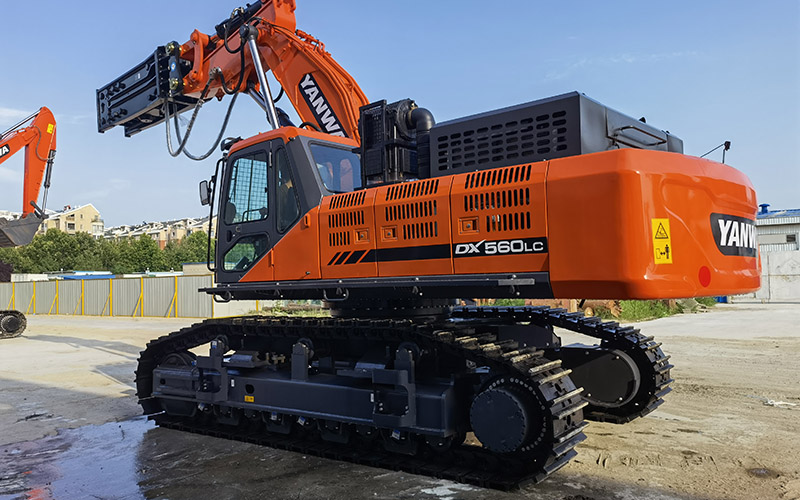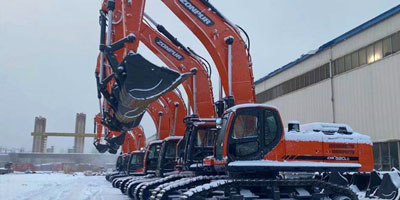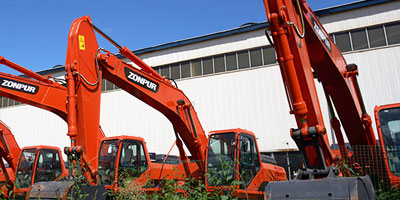As one of the representatives of modern construction machinery, multi-purpose excavators combine design aesthetics with engineering art, showcasing a perfect balance between industrial design and practical functions. Although its main function is for various construction tasks, excavators also embody the ingenuity of designers and the wisdom of engineers in terms of appearance design and structural layout.
Firstly, the appearance design of excavators is not only for aesthetics, but also for maximizing functionality and efficiency. Its streamlined body design not only reduces air resistance, but also enhances the stability and operational flexibility of the equipment. The selection of car body colors is usually dominated by high visibility colors such as yellow and orange, not only to improve safety on construction sites, but also to give people a visual impression of strength and reliability.
Secondly, the structural layout of excavators is another manifestation of design aesthetics and engineering art. The design of its core components such as the boom, arm, and bucket is meticulously calculated and tested to ensure optimal performance under various operating conditions. The length and angle design of the boom directly affect the working radius and depth of the excavator, while the shape and size of the boom and bucket determine its excavation efficiency and load capacity. Every detail of the design has undergone rigorous engineering analysis and repeated experimental verification.
In addition, the cab design of the excavator also embodies the concept of humanized design. Spacious space, comfortable seats, reasonable control layout, and good visibility design are all aimed at improving the comfort and work efficiency of operators. The cab of modern excavators is also equipped with advanced electronic control systems and human-computer interaction interfaces, making operation more convenient and intelligent.
In terms of material selection, the design of excavators also fully considers durability and environmental friendliness. The use of high-strength steel and alloy materials ensures the durability and reliability of equipment under harsh working conditions. Meanwhile, with the increasing awareness of environmental protection, more and more excavators are adopting renewable materials and environmentally friendly coatings to reduce their impact on the environment.
Finally, the design aesthetics and engineering art of excavators are also reflected in the shaping of their brand culture and corporate image. Major construction machinery manufacturers create distinctive brand images through unique design styles and iconic elements. This not only enhances the market competitiveness of the product, but also strengthens the brand loyalty of users.
In summary, the design aesthetics and engineering art of multi-purpose excavators are not only to meet their functional requirements, but also to establish new benchmarks in the field of industrial design. Through careful design of appearance, structure, materials, and human-computer interaction, excavators have not only become powerful assistants on construction sites, but also become works of art in modern engineering machinery design.



 +8613356922335
+8613356922335








